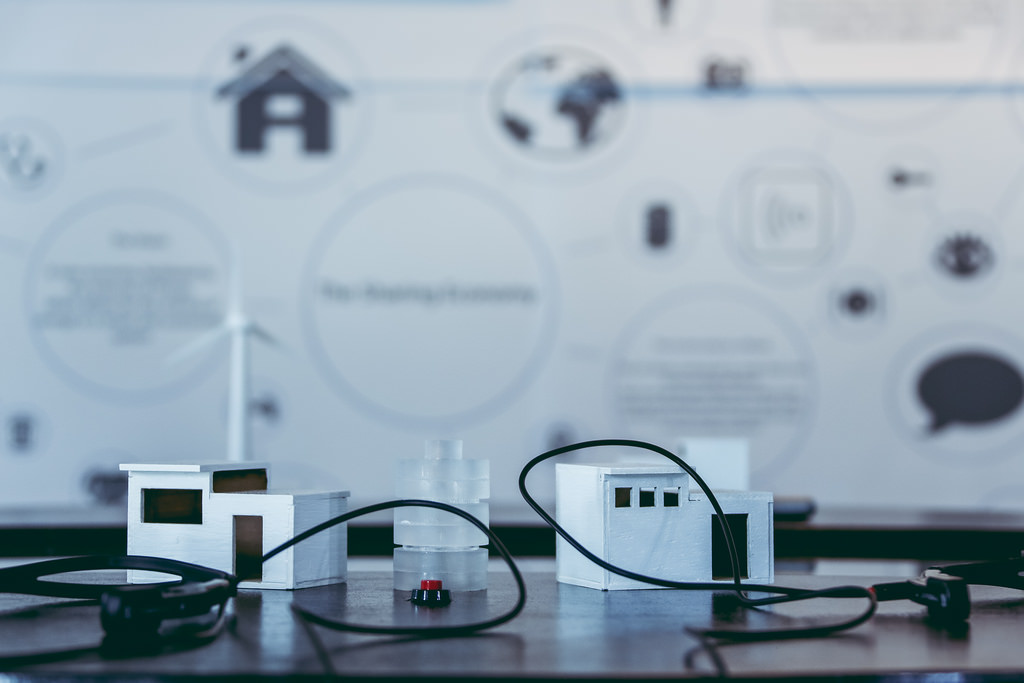Last Friday, the internet was hit with a large-scale attack that took out a lot of major online services for a time, including PayPal, Netflix, and Amazon. The damage was minimal and services resumed shortly after. However, this incident highlights the very real threat that hackers pose with the help of unsecure, interconnected devices. As a result, the future of the Internet of Things has become uncertain and people are now more scared of digital threats.
The widespread attack was made possible thanks to the overwhelming resources that hackers at their disposal, which included unsecure webcams and wireless home audio systems, Reuters reports. The strike was directed at an internet infrastructure called Dyn, which was responsible for propping up numerous online entities across the web.
Starting in the Eastern U.S., the attack spread to the rest of the world, infecting Europe and other countries. What makes the attack even more devastating is the fact that the complexity of the tools used to take out Dyn is proving difficult to handle.
As Fortune notes, this latest attack is only fueling the already growing fears of citizens regarding cyber-attacks that could be done using everyday items. Back in the day, hackers would have needed to create complex codes in order to infect systems and bring them down. Now, they can tap into the IoT system of millions of homes and weaponize them.
These devices are still out there and many of them are still vulnerable without their users even knowing about it. In the frenzy of finding someone to blame for enabling last Friday’s attack, these users could be fingered as accessories. However, analysts are thinking that it’s more appropriate to lay blame on the companies selling these devices.
Brian Krebs, who is one of the most prominent victims of this types of attacks, just released a list of companies that are selling vulnerable IoT devices. Included in the list are big brands like Panasonic and Xerox, but the majority of the devices used by the hackers were created by lesser-known companies.



 Evercore Reaffirms Alphabet’s Search Dominance as AI Competition Intensifies
Evercore Reaffirms Alphabet’s Search Dominance as AI Competition Intensifies  Apple App Store Injunction Largely Upheld as Appeals Court Rules on Epic Games Case
Apple App Store Injunction Largely Upheld as Appeals Court Rules on Epic Games Case  Intel’s Testing of China-Linked Chipmaking Tools Raises U.S. National Security Concerns
Intel’s Testing of China-Linked Chipmaking Tools Raises U.S. National Security Concerns  Moore Threads Stock Slides After Risk Warning Despite 600% Surge Since IPO
Moore Threads Stock Slides After Risk Warning Despite 600% Surge Since IPO  IBM Nears $11 Billion Deal to Acquire Confluent in Major AI and Data Push
IBM Nears $11 Billion Deal to Acquire Confluent in Major AI and Data Push  EssilorLuxottica Bets on AI-Powered Smart Glasses as Competition Intensifies
EssilorLuxottica Bets on AI-Powered Smart Glasses as Competition Intensifies  SpaceX Edges Toward Landmark IPO as Elon Musk Confirms Plans
SpaceX Edges Toward Landmark IPO as Elon Musk Confirms Plans  Microsoft Unveils Massive Global AI Investments, Prioritizing India’s Rapidly Growing Digital Market
Microsoft Unveils Massive Global AI Investments, Prioritizing India’s Rapidly Growing Digital Market  SoftBank Shares Slide as Oracle’s AI Spending Plans Fuel Market Jitters
SoftBank Shares Slide as Oracle’s AI Spending Plans Fuel Market Jitters  Mizuho Raises Broadcom Price Target to $450 on Surging AI Chip Demand
Mizuho Raises Broadcom Price Target to $450 on Surging AI Chip Demand  Nvidia Develops New Location-Verification Technology for AI Chips
Nvidia Develops New Location-Verification Technology for AI Chips  Trump’s Approval of AI Chip Sales to China Triggers Bipartisan National Security Concerns
Trump’s Approval of AI Chip Sales to China Triggers Bipartisan National Security Concerns  U.S.-EU Tensions Rise After $140 Million Fine on Elon Musk’s X Platform
U.S.-EU Tensions Rise After $140 Million Fine on Elon Musk’s X Platform  Trump Criticizes EU’s €120 Million Fine on Elon Musk’s X Platform
Trump Criticizes EU’s €120 Million Fine on Elon Musk’s X Platform  Trello Outage Disrupts Users as Access Issues Hit Atlassian’s Work Management Platform
Trello Outage Disrupts Users as Access Issues Hit Atlassian’s Work Management Platform  SK Hynix Shares Surge on Hopes for Upcoming ADR Issuance
SK Hynix Shares Surge on Hopes for Upcoming ADR Issuance  China Adds Domestic AI Chips to Government Procurement List as U.S. Considers Easing Nvidia Export Curbs
China Adds Domestic AI Chips to Government Procurement List as U.S. Considers Easing Nvidia Export Curbs 































